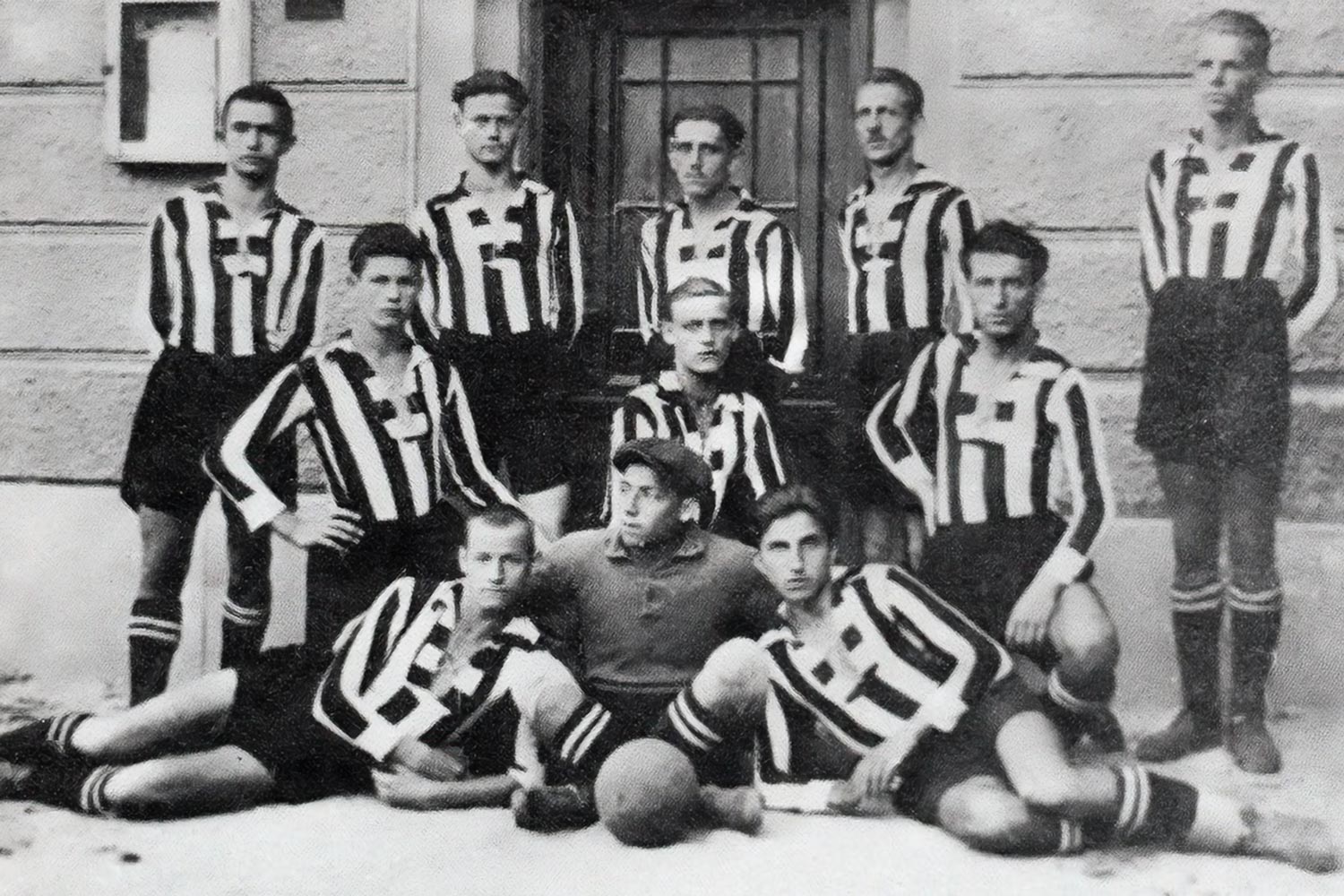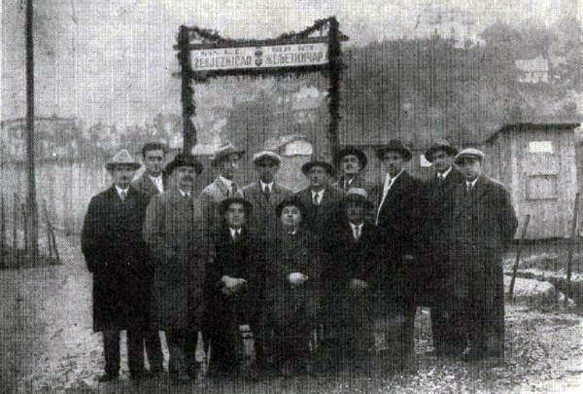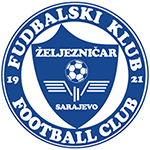As a new club, Željezničar started from the lowest tier of the competition. At that time, the Yugoslav championship was played using the cup system, and participants were drawn after league competitions were played at the level of sub-federations. The Sarajevo sub-federation had two levels of competition called classes. In the first level, the then-strongest clubs SAŠK, Slavija, Hajduk, and Sarajevski played, while the second level consisted of Troja, Šparta, Barkohba, and the newly founded Željezničar. Expectations were not high, and the initial goal had already been achieved, which was to participate in the official competition. The first game was played on October 2, 1921, against Šparta. Although the opponent was considered a big favorite, the extremely motivated players of Željezničar managed to achieve a draw. The match ended with a score of 1:1 and was played on the Skenderija playground.
It turned out that the existing clubs were too strong for Željezničar. After a draw in the first round, the club suffered consecutive defeats. However, they managed to achieve one victory by the end of the championship, in the last round against Barkohba. It was a convincing 7-0 win, which represented Željezničar’s first win in an official league game. Since two points were awarded for the victory, Željezničar won a total of three points in the first season. Unfortunately, it wasn’t enough for more than last place in the league.
The club’s biggest problems were finances and a lack of a playground. Playing at Skenderija and Kovačići required additional financial expenses, so more and more people were thinking about building their own playground as a plan for the future. At the same time, in those first few seasons, the club competed in the Second Grade of the Sarajevo Sub-Federation and, despite various difficulties faced by young teams, gradually grew stronger. Finally, in the 1925/1926 season, the first place was won, and Željezničar qualified for the first time in the higher league ranking.

Standing first row from the left: Hinko Tegzeš – young, Herland Gmaz, Ivan Krajnc, Eduard Osim, Oto Potočnik; second row: Franjo Šuh, Franjo Krajnc, Ivan Pavičić; third row: Herbet Gmaz, Josip Šebalj, Leonard Fedi;
In the competition between Slavija, SAŠK, and Hajduk, Željezničar finished last in its premier season. However, due to the reorganization of the competition, our club was able to remain in the first division. The experience gained during that season was used to achieve a period of solid results. A stable club was established, which ranked just behind the strongest teams in the Sarajevo region – SAŠK and Slavija. Furthermore, these two clubs managed the Association, and as a result, they sometimes participated in the league, while at other times they did not. They were subsequently involved or excluded, and had significant experience playing with the best Yugoslav clubs in the occasional joint state league. Despite these conditions, Željezničar continued to gain popularity.
The big event took place in the late autumn of 1932 when, through the voluntary work of players and railway workers, the first playground was built in Pofalići, which was inaugurated by a special tournament. A lot of effort and financial resources were invested in the preparation of the playground, and when it was completed, it had the best drainage system in Sarajevo. However, the influence of the biggest clubs at the time prevented the playground from being accepted. Apparently, the strengthening of the club posed too much of a threat, as there were grounds for independently acquiring income from renting the field, without the need to pay rent for playgrounds in Skenderija and Kovačići. First, objections were raised to the orientation of the terrain, which was in the east-west direction instead of the usual north-south direction. When that did not work, the issue of ownership of the land on which the playground was located was raised. Although the land had been used by the railway workshop with approval for years, it was formally owned by the Central Railway Depot. The influence of the biggest clubs resulted in the Central Depot abruptly reclaiming this land. Thus, it seemed that the great effort was eventually futile, although the joint work and trouble only further strengthened the spirit of this club – a characteristic that will often manifest itself in the decades to come.

While the entire legal ownership verification process was ongoing, Željezničar played several relatively successful seasons on the same playground. They managed to achieve a middle-table finish, which helped maintain their reputation as a stable league club that could sometimes surprise even the strongest teams. However, after the definitive seizure of the playground, the club’s results began to decline. In the 1936/1937 season, they finished in last place, which meant that they were supposed to be relegated to the Second Grade. Fortunately, another reorganization of the competition was carried out, and the number of league members was increased, which allowed the club to remain in the highest rank of the Sarajevo Sub-Federation.
Financial problems resulted in the departure of some talented players, resulting in modest results for the team in the late 1930s. However, a solid and promising generation grew up in the youth academy of the club and their potential in the final seasons before the outbreak of World War II in Sarajevo. In the 1939/1940 season, the team achieved a great second place, and very good results were obtained in the following season. However, the horrors of war arrived in the city in the spring of 1941, and football competitions were sidelined. Instead of attending training, a large number of club members joined the fight against foreign aggressors and their domestic collaborators. The ball was left for better times.










